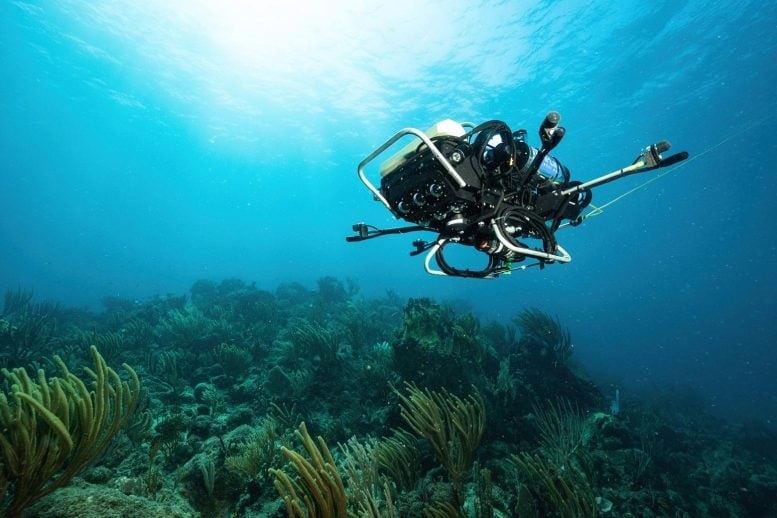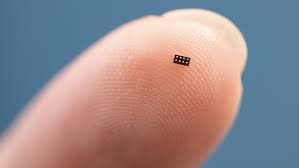AI Deciphers Ocean Sounds to Uncover Hidden Marine Life
Difficulties of Conventional Monitoring
For years, scientists have used passive acoustic monitoring to study coral reefs, deploying underwater recorders for months to capture ambient sounds. While signal processing tools can handle large volumes of audio data, they lack the capability to detect specific sounds. Identifying individual fish calls or species-specific noises still requires researchers to manually review hours of recordings.

Figure 1. AI Unlocks Ocean Acoustics to Reveal Hidden Marine Life.
“But for the people that are doing that, it’s awful work, to be quite honest,” said author Seth McCammon. “It’s incredibly tedious work. It’s miserable.” Figure 1 shows AI Unlocks Ocean Acoustics to Reveal Hidden Marine Life.
<4>The Need for Faster Data ProcessingManual analysis is not only tedious but also too slow for practical use. With coral reefs facing threats from climate change and human activity, the ability to quickly identify and monitor changes in reef populations is essential for conservation efforts.
“It takes years to analyze data to that level with humans,” said McCammon. “The analysis of the data in this way is not useful at scale.”
AI to the Rescue: A Smarter Solution
To overcome these challenges, researchers trained a neural network to automatically process vast amounts of acoustic data in real time. Their algorithm matches human experts in analyzing reef acoustics but operates over 25 times faster, potentially transforming ocean monitoring and research.
“Now that we no longer need to have a human in the loop, what other sorts of devices — moving beyond just recorders — could we use?” said McCammon. “Some work that my co-author Aran Mooney is doing involves integrating this type of neural network onto a floating mooring that’s broadcasting real-time updates of fish call counts. We are also working on putting our neural network onto our autonomous underwater vehicle, CUREE, so that it can listen for fish and map out hot spots of biological activity.”
Decoding Fish Calls
This technology could also help solve a long-standing challenge in marine acoustic research: identifying which fish produce specific sounds.
“For the vast majority of species, we haven’t gotten to the point yet where we can say with certainty that a call came from a particular species of fish,” said McCammon. “That’s, at least in my mind, the holy grail we’re looking for. By being able to do fish call detection in real time, we can start to build devices that are able to automatically hear a call and then see what fish are nearby.”
A Future of Real-Time Conservation
McCammon envisions a future where this neural network enables researchers to monitor fish populations in real time, identify species at risk, and respond swiftly to environmental threats. This technology could provide conservationists with crucial insights into the health of coral reefs—at a time when they need it most.
Source: SciTECHDaily
Cite this article:
Priyadharshini S (2025), AI Deciphers Ocean Sounds to Uncover Hidden Marine Life, AnaTechMaz, pp. 576















